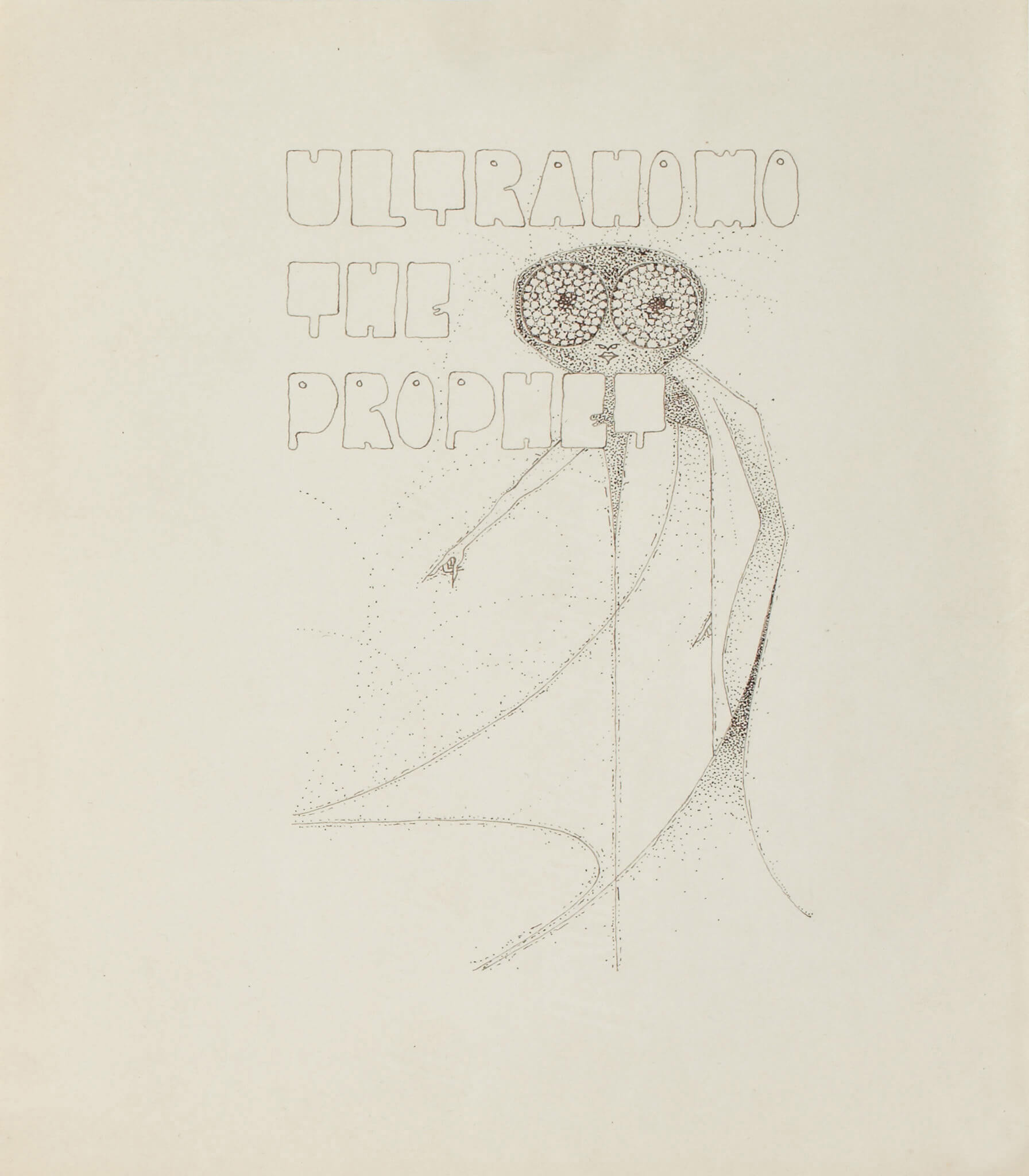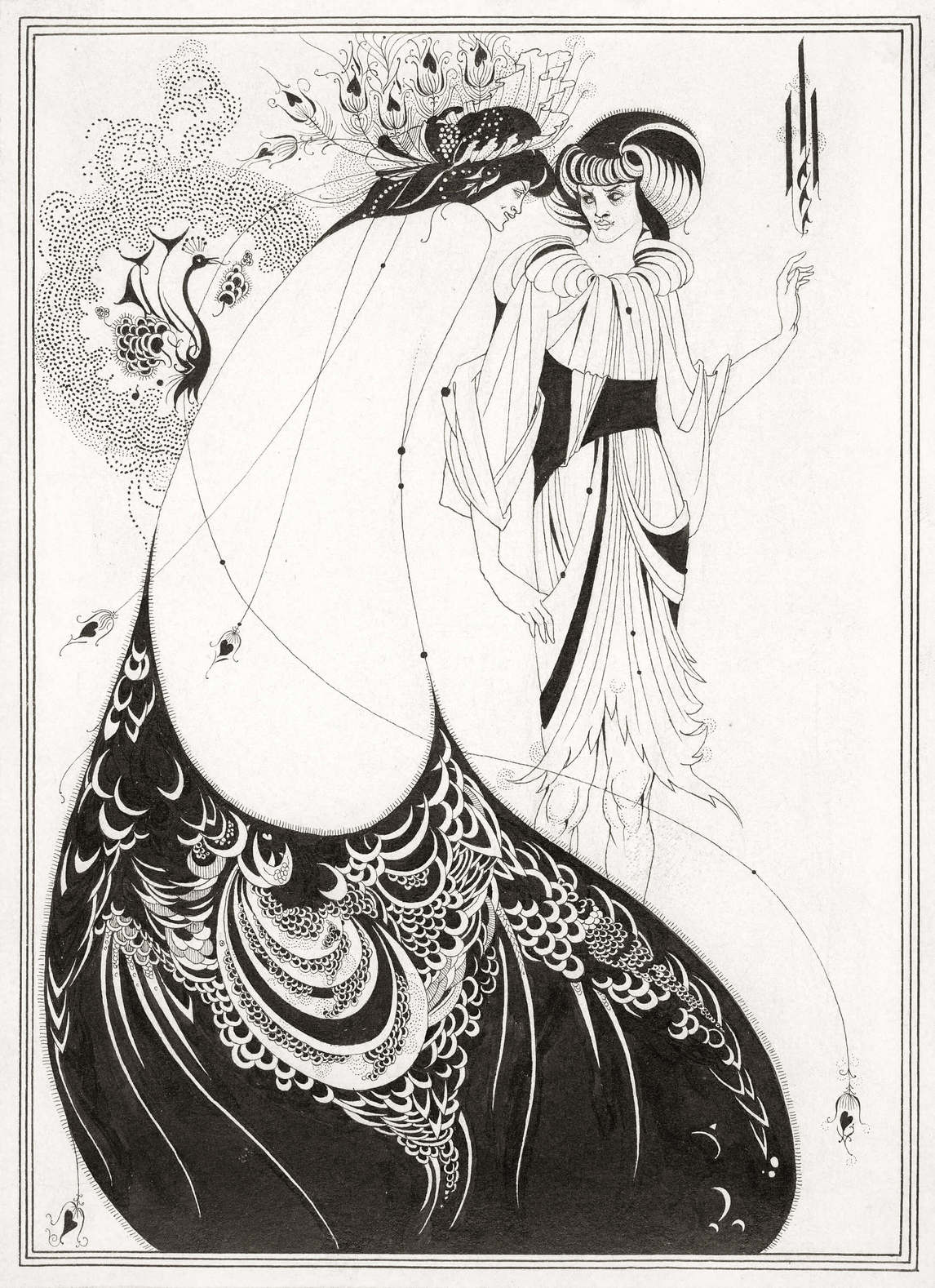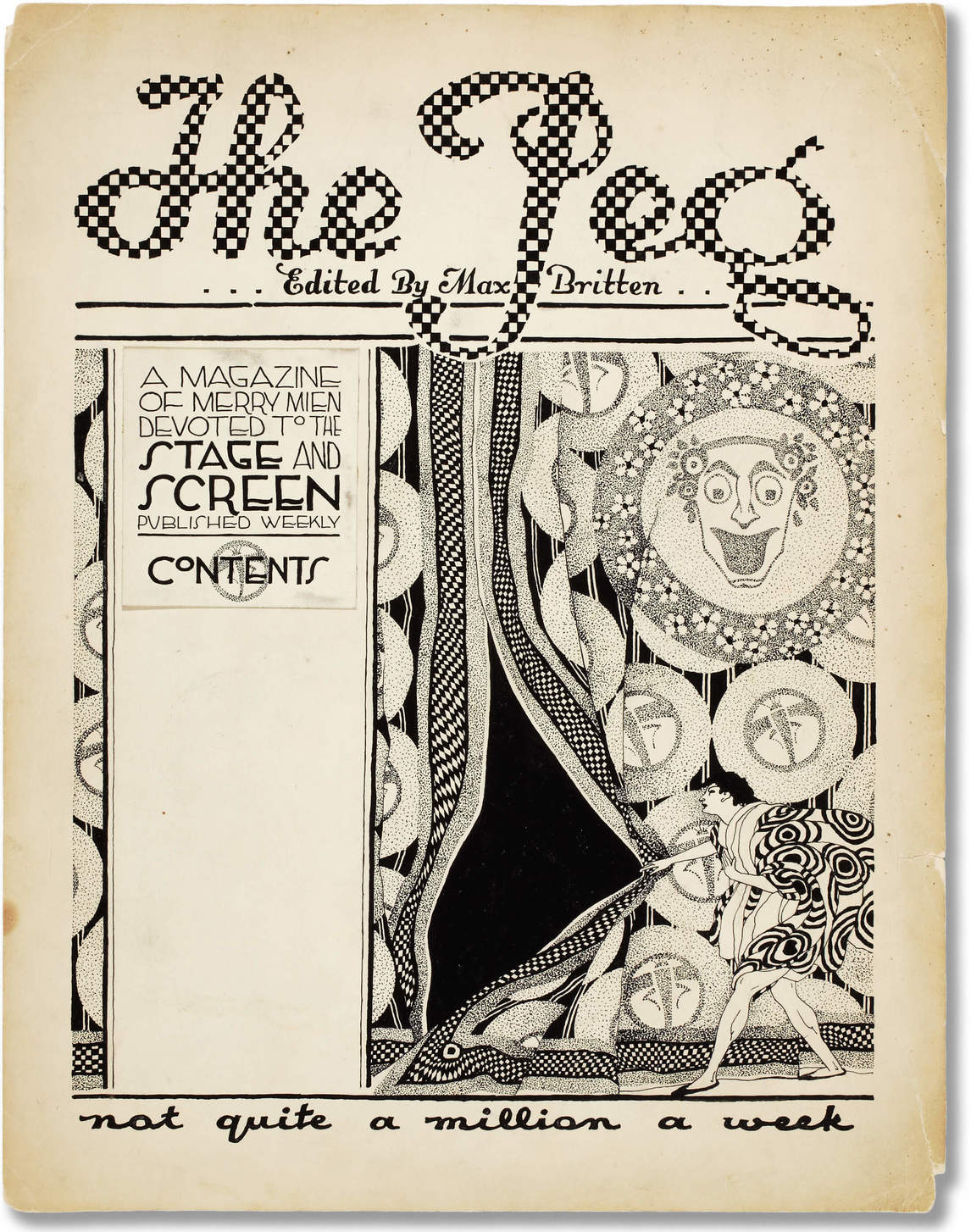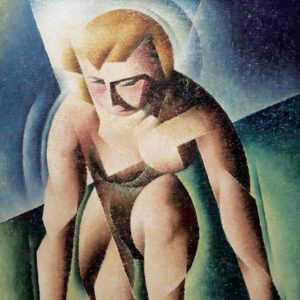Ultrahomo c.1912–13

Bertram Brooker, Ultrahomo, c.1912–13
Pencil drawing, 20 x 17.8 cm
The Robert McLaughlin Gallery, Oshawa
This early drawing is indebted to the sinuous lines of Art Nouveau as practised by Aubrey Beardsley (1872–1898) and was created around the time that Brooker developed his concept of Ultimatism, a theory devoted to unleashing the ultimately spiritual nature of humans. It shows a curious, extraterrestrial-like creature peering at the viewer. The face of Ultrahomo is clearly defined, but his arms and the rest of his body have little substance. This figure participates in a world separate from that of ordinary human existence. Adam Lauder has suggested a possible source for this image: “the embryonic features of Ultrahomo—his blastoderm-like eyes—document Brooker’s precocious interest in contemporary developments in biology as well as philosophical debates sparked by evolutionary theory.”


Ultrahomo was Brooker’s name for a figure conceived by Friedrich Nietzsche (1844–1900), the Superman, who had to be many things: a “seer, a purposer, a creator, a future itself, and a bridge to the future.” Ultrahomo is not so much heroic as he is otherworldly, and this may be precisely what Brooker intended with this representation. Like Nietzsche’s Superman figure, Ultrahomo resides in a world far removed from ordinary human experience. He rejects materialist values and points the way to the spiritual realm of existence.
The depiction of Ultrahomo as a quasi-monstrous, almost comic figure may signify Brooker’s discontent with Nietzsche’s notion of the Superman. The atheism and advocacy of violence in Nietzsche’s writings did not appeal to the Canadian artist. Here Brooker is highlighting the shortcomings of a thinker to whom he was nevertheless heavily indebted.

 About the Author
About the Author
 More Online Art Books
More Online Art Books
 Acknowledgements
Acknowledgements